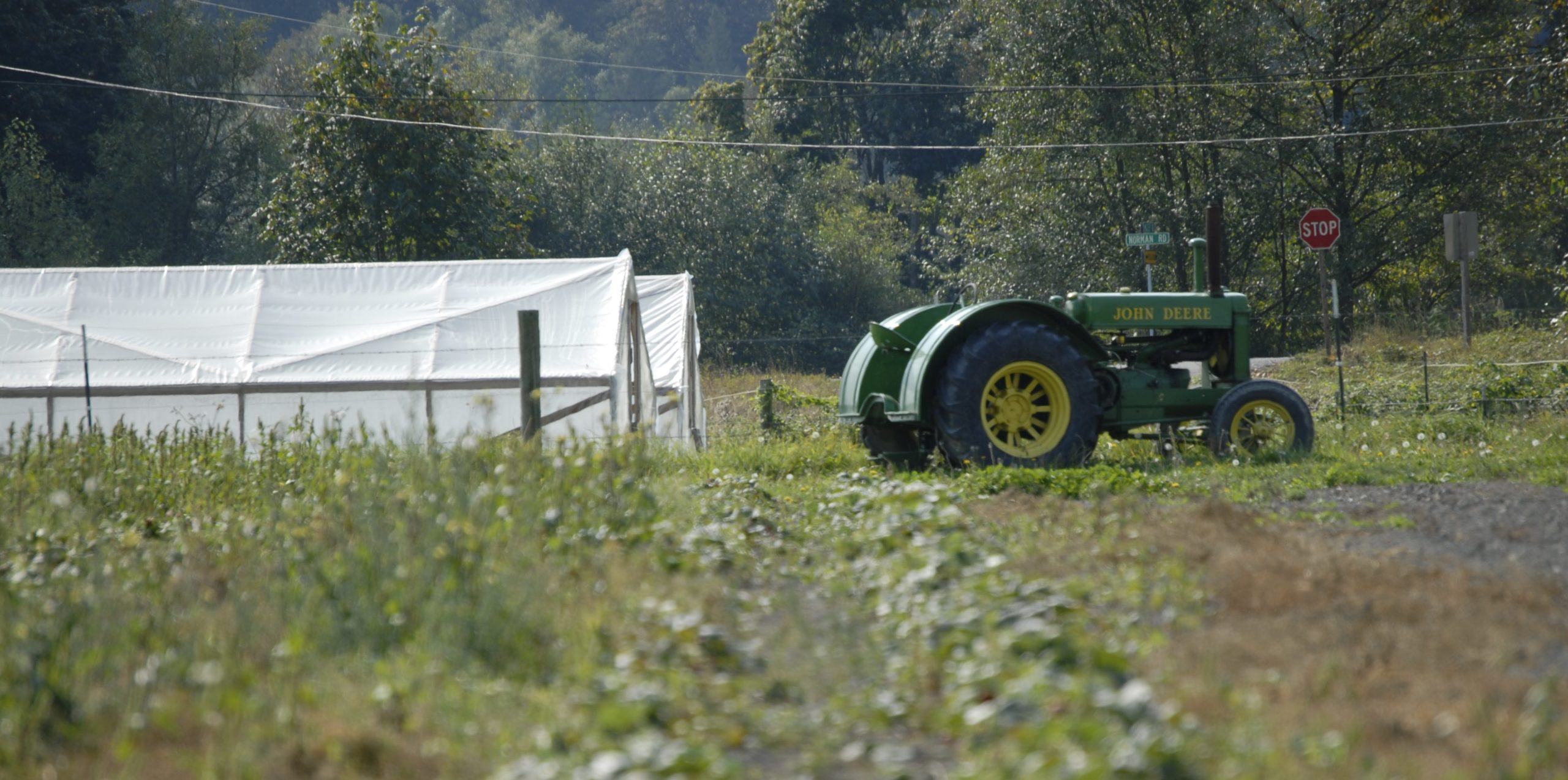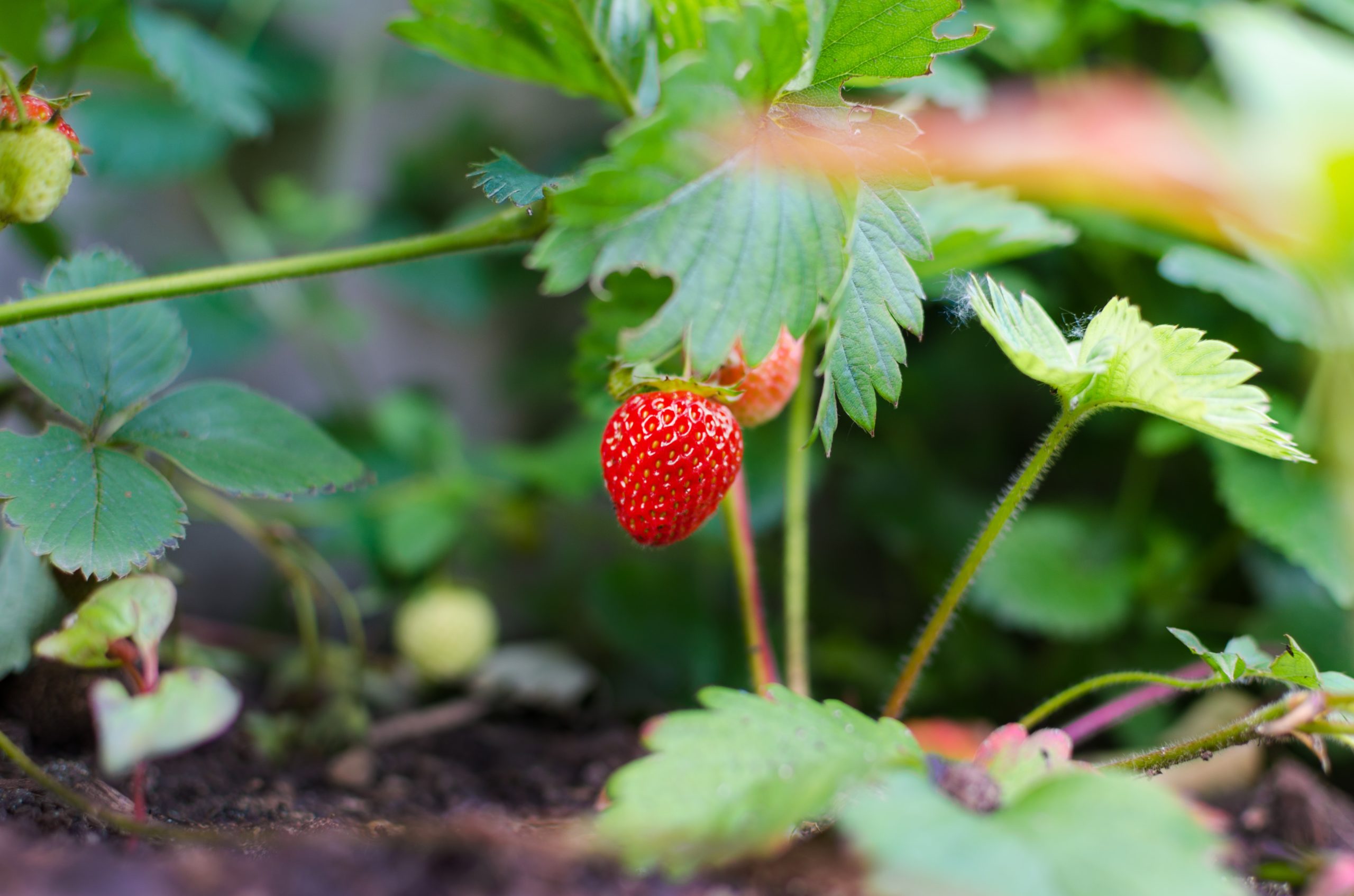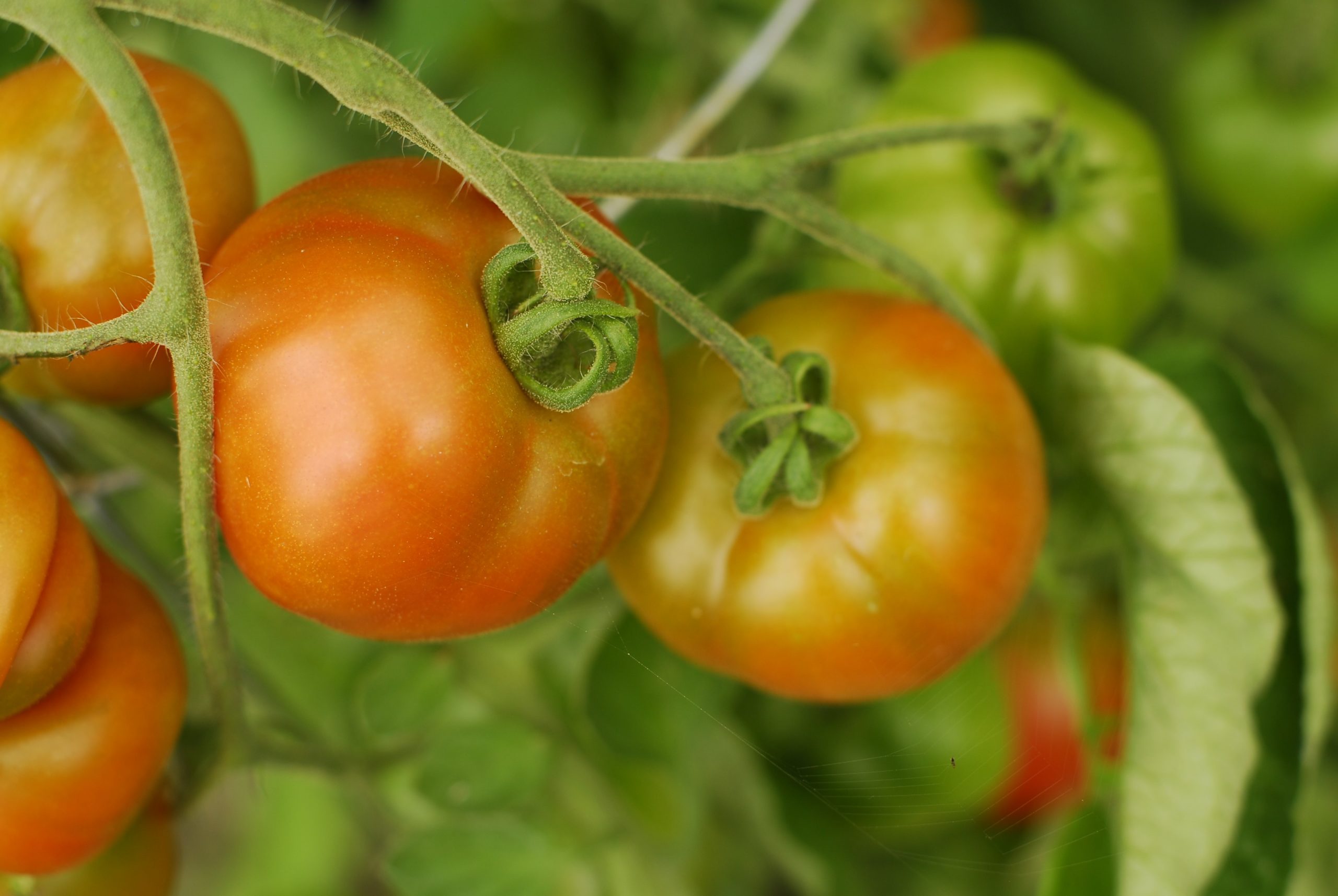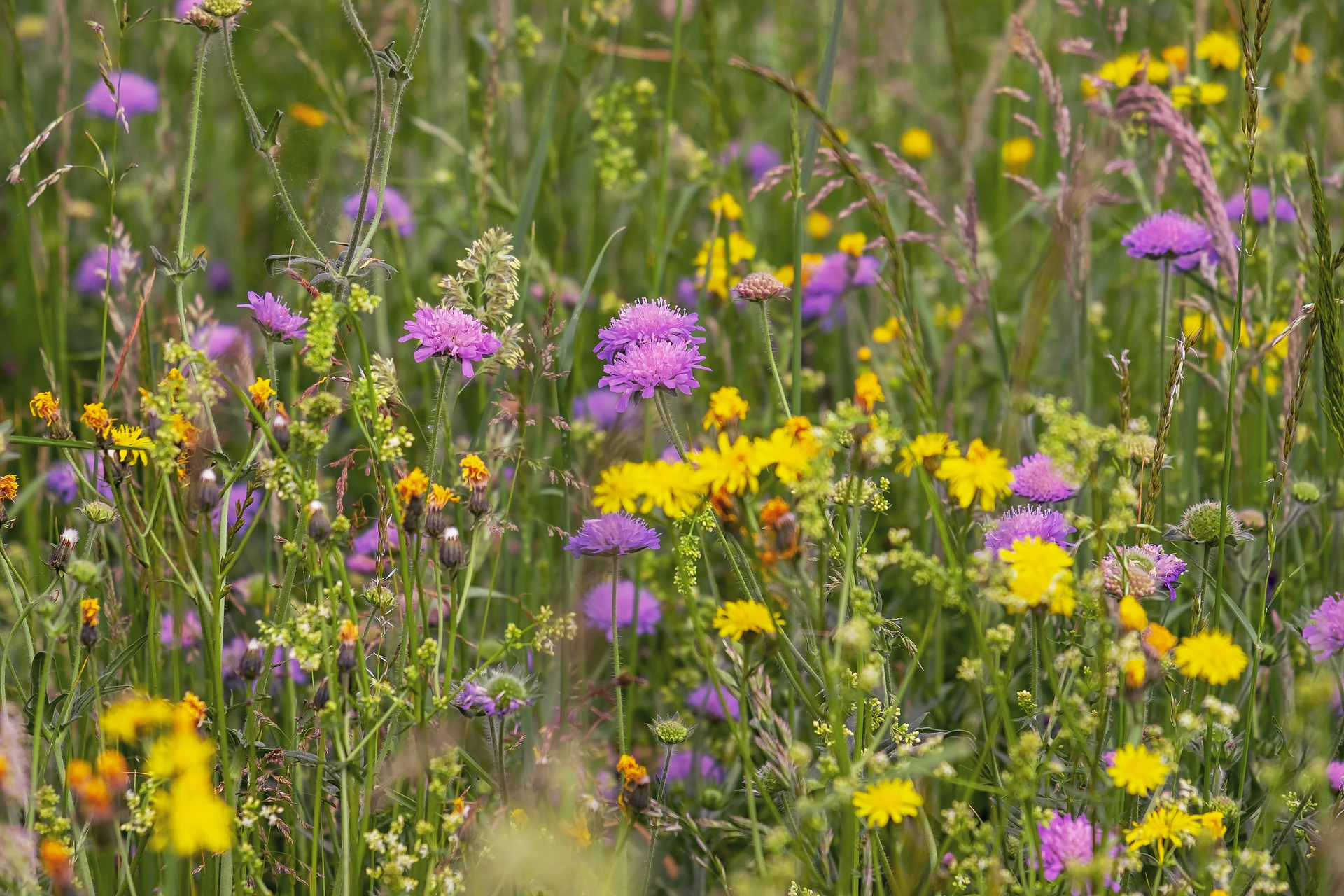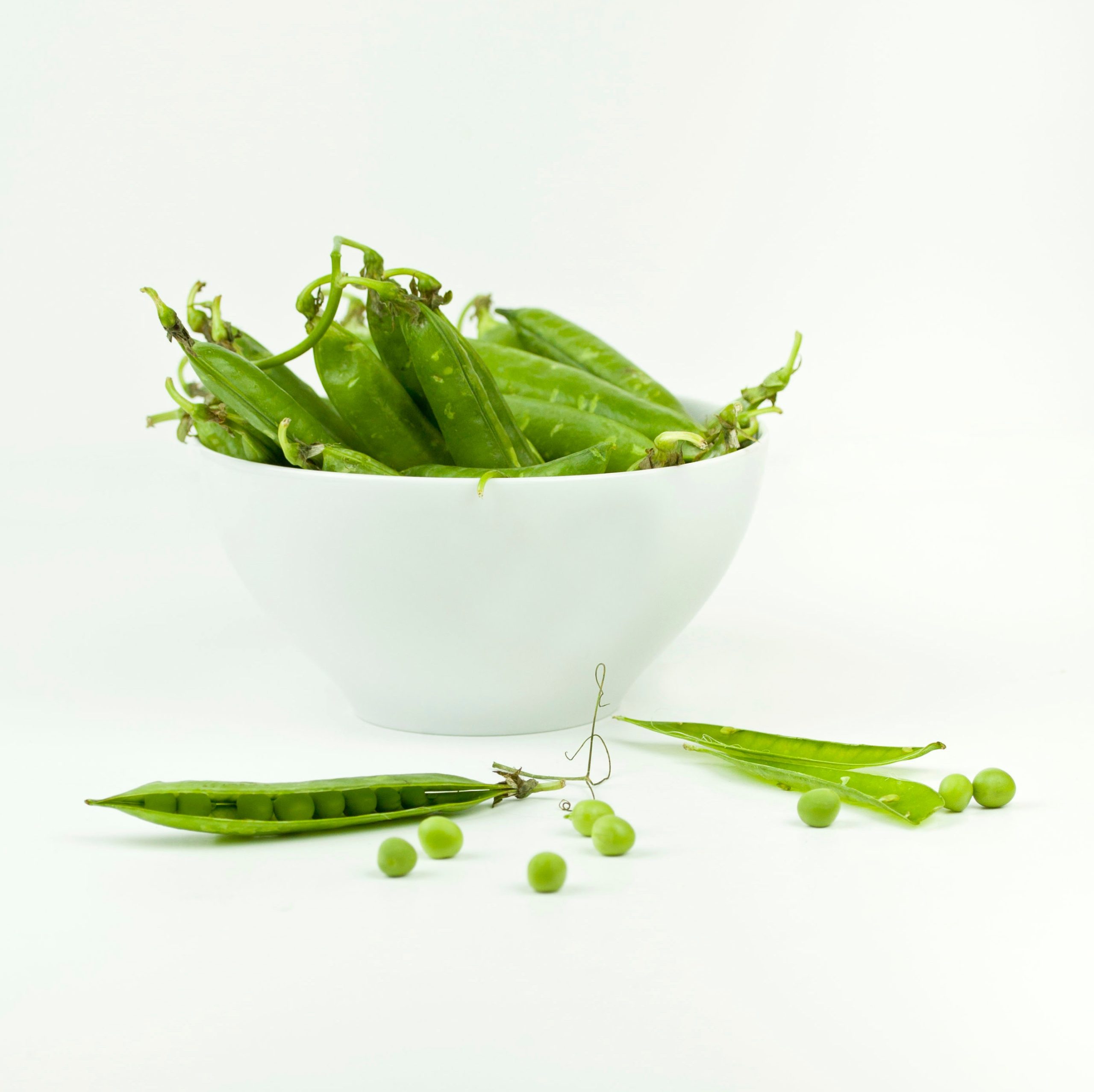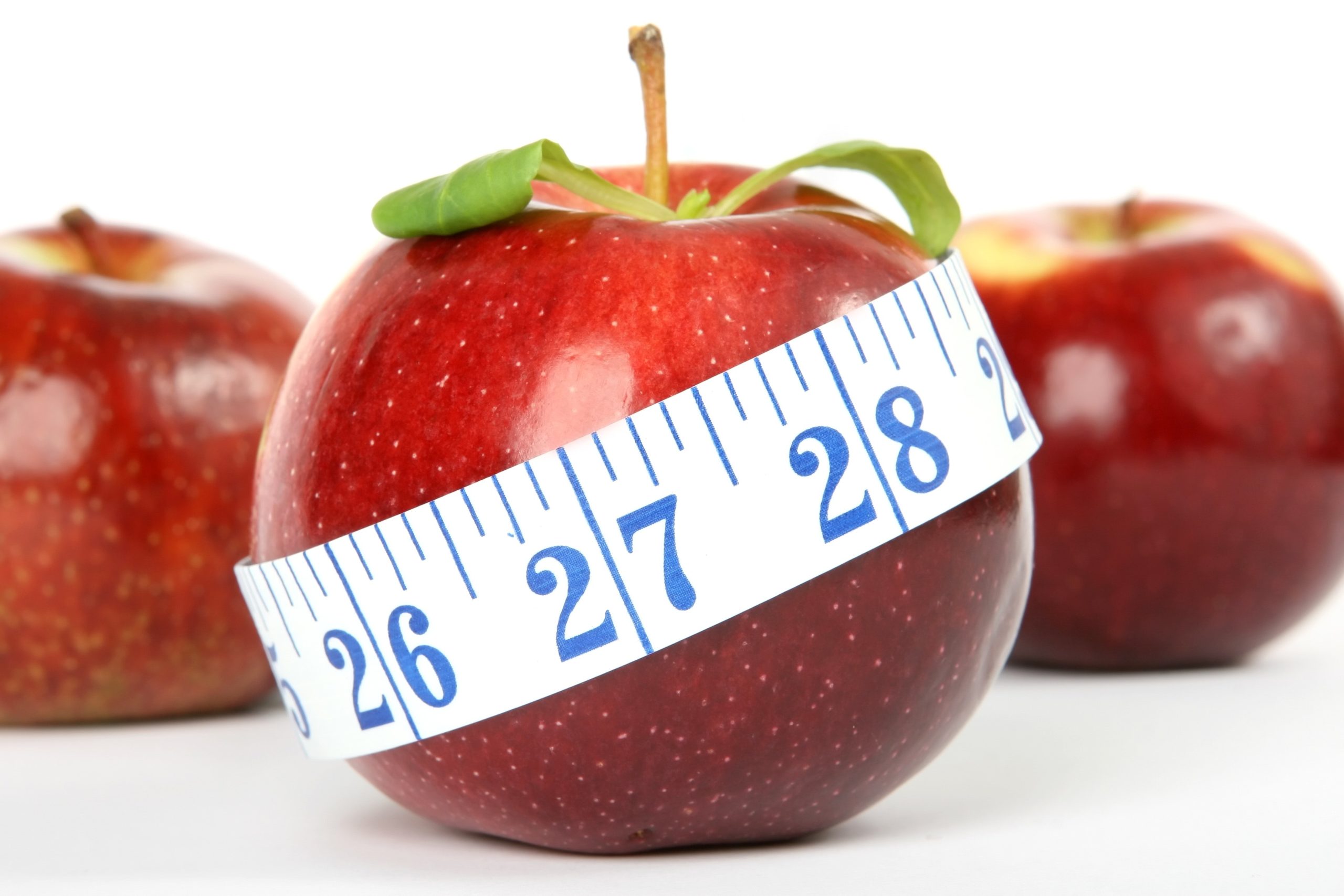Thank you for all the kind comments and outpouring of care expressed over the last few weeks. The gift of movement is much more appreciated by this farmer than ever before. Essentially, I can walk pain free, but can’t kneel or climb stairs, and while I am waiting for the MRI results, I have adapted to farming with limited mobility.
Once I understand the problem better, I will make the best choice going forward. Initially, when my knee locked up, I went into full rest mode hoping that it would heal quickly. After a few weeks of therapy, icing and rest with very little progress, I pursued an MRI. As I was resting and learning to drive an office chair ?, I realized that I was able to get around better with the limited mobility. So that is what I am doing.
If you check out our Instagram or Facebook page, you are probably aware that the farming portion of our business is about to explode. We have been primarily harvesting Lettuce, but now we are going to be adding Sugar Snap peas, Chards, and Bok Choy. Beans, Raspberries, and Blackberries are close also. This is the absolute best time to be a farmer and the absolute worst time to be LAME! But here I am.
The hardest part for me is actually thinking in advance. There is so much that has to be done now and a lot of it gets decided the day of. Decisions like: Do we save the Kohlrabi from being swallowed by weeds or do we trellis the peas? What time should we transplant the next round of cabbages and cukes—this evening or tomorrow? Or remember that we need to direct seed the 4th planting of beans so that we will have something to harvest in August. Don’t forget to pay attention to the Garlic. It is getting close and it is beautiful.
All these things are coursing through my mind as I WALK the fields wishing I could just jump right in and do SOMETHING! But I do have a new farm crew and they are quick learners. They can discern between pig weed and chard and thornless blackberries and blackberries with thorns. These are important skills. I am learning how to manage and be less of a doer. It is not an easy transition, because I love to farm, but, it is a necessary transition as I get older.
It is comforting to know that it takes four teenagers to REPLACE me (SMILE). Not really. We are getting way more work done than I could by myself. I am also comforted that for the two weeks I was less active, Klesick’s kept humming along.
Our team, every one of them, is incredibly talented! This has made my ultimate goal of serving you by delivering organically grown farm fresh produce that moves the needle on your personal health uninterrupted.
Tristan Klesick
Your Farmer and Community Health Activist

